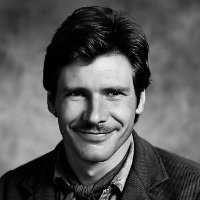Country hotel - shower upgrades and voltage drops
-
Recently Browsing 0 members
- No registered users viewing this page.
-
Topics
-
-
Popular Contributors
-
-
Latest posts...
-
103
Trump Goes Off On His Own MAGA Base: 'I Don’t Want Their Support Anymore!'
So, alleged claims about trump = ok Alleged claims about Biden = whataboutery -
9,972
Electric Vehicles in Thailand
Saw an article last year about large EV trucks having a battery swap centre near the middle of their journey. Not sure how it's going. -
6
Politics Thaksin Unveils Vision to Transform Thailand into ASEAN Powerhouse
Please go back to Dubai. -
44
Can someone explain the allure of pattaya to me?
For a couple of days break from Bangkok and a change of scene, for me at present Pattaya wins over say Hua Hin due to the ease of getting there...i.e., the motorway compared to the treacherous Rama 2 Rd to HH. -
103
Trump Goes Off On His Own MAGA Base: 'I Don’t Want Their Support Anymore!'
Seems you think every one that supports Trump is a redneck. -
1
Tourism Facial Recognition to Debut at Maya Bay for Tourist Management
"A new facial recognition system will debut at Maya Bay to streamline visitor flow and boost conservation" HOW does it boost conservation? I don't get it?!!? Ah OK, maybe less paper, less tickets! But facial recognition? To enter a national park?! Are you nuts?!
-
-
Popular in The Pub


.thumb.jpeg.d2d19a66404642fd9ff62d6262fd153e.jpeg)







Recommended Posts
Create an account or sign in to comment
You need to be a member in order to leave a comment
Create an account
Sign up for a new account in our community. It's easy!
Register a new accountSign in
Already have an account? Sign in here.
Sign In Now